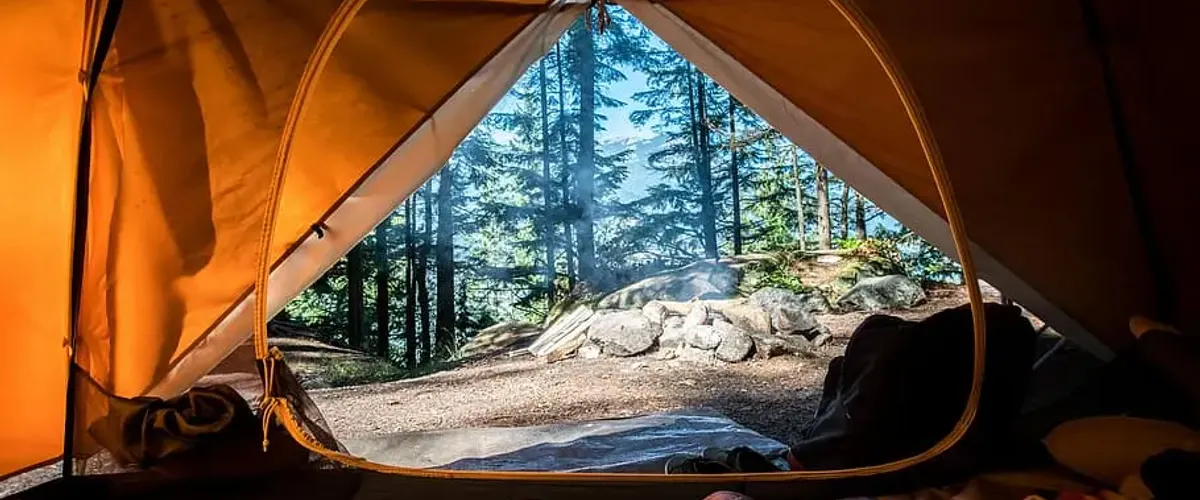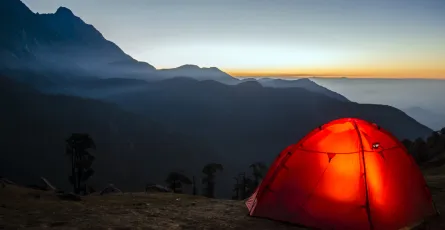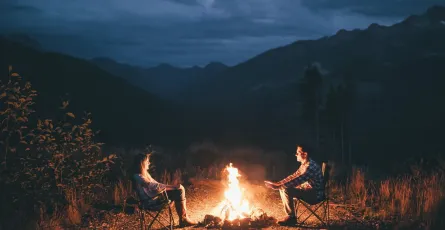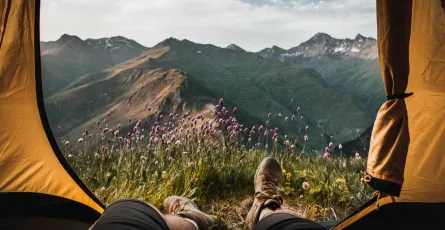
Choosing the Perfect Campsite
Choosing the Perfect Campsite for Your Outdoor Adventure
Selecting an ideal campsite is a crucial element of any outdoor adventure. It can greatly impact your camping experience, providing comfort, convenience, and a connection with nature. However, the process of choosing the perfect campsite may feel overwhelming, especially for beginners. In this article, we will guide you through the steps to selecting an ideal campsite, ensuring a memorable and enjoyable outdoor adventure.
Research the Area:
Before embarking on your trip, conduct thorough research on the camping area. Utilize reliable sources such as park websites, guidebooks, or local outdoor organizations. Familiarize yourself with available campsites, amenities, regulations, and any potential hazards or restrictions. Consider factors such as accessibility, proximity to hiking trails or water sources, and nearby attractions.
Determine Your Needs:
Assess your camping needs and preferences to narrow down your campsite options. Decide if you prefer a remote and secluded experience or a campground with facilities such as restrooms and showers. Consider factors such as privacy, noise level, distance from parking areas, and the desired level of solitude. Identifying your needs will help you find a campsite that aligns with your expectations.
Campground or Backcountry Camping:
Decide whether you prefer a designated campground or backcountry camping. Campgrounds typically offer amenities such as picnic tables, fire pits, and facilities, making them suitable for beginners or those seeking a more comfortable camping experience. Backcountry camping involves venturing into remote areas, offering solitude and a deeper connection with nature. Consider your experience level, comfort preferences, and desired level of immersion in nature.
Terrain and Shelter:
Survey the terrain of potential campsites. Look for level ground to ensure a comfortable sleeping area and easy tent setup. Avoid low-lying areas prone to water accumulation during rainfall. Assess the natural surroundings for potential shelter from strong winds or harsh weather conditions. Consider the campsite’s orientation to maximize shade or sunlight based on weather and time of day.
Water Source and Accessibility:
Access to a water source is vital during camping trips. Seek campsites near freshwater sources such as rivers, lakes, or reliable water spigots within campgrounds. Consider the accessibility of the water source and the effort required to reach it. Ensure you have a water filtration system or purifier to make the water safe for drinking.
Fire Safety:
If campfires are allowed in the camping area, prioritize fire safety when selecting a campsite. Look for designated fire pits or existing fire rings within the campground. Choose a location away from overhanging branches or flammable materials. Familiarize yourself with any fire regulations or restrictions in the area and follow them diligently.
Wildlife Considerations:
Take into account the local wildlife and their behavior when choosing a campsite. Research the wildlife species present in the area and their typical habits. Avoid camping near animal habitats to reduce the risk of unwanted encounters. Securely store food and dispose of trash properly to minimize the chances of attracting wildlife to your campsite.
Leave No Trace Principles:
Select a campsite while keeping the principles of Leave No Trace in mind. Choose areas that have already been impacted or designated campsites whenever possible. Avoid creating new campsites or clearing vegetation unnecessarily. Leave the campsite in the same or better condition than you found it, preserving the natural beauty for future visitors.
Weather Considerations:
Consider the weather conditions when choosing a campsite. In hot climates, prioritize shaded areas during the day to avoid excessive heat. In colder regions, seek locations with natural windbreaks or shelter from prevailing winds. Take into account the potential for rain and select a campsite that minimizes the risk of water pooling or flooding.
Scenic Surroundings:
While not essential for safety, the aesthetics of your campsite can greatly enhance your overall experience. Look for a campsite with beautiful surroundings, such as scenic views, nearby bodies of water, or stunning natural features. Immersing yourself in the beauty of nature adds an extra layer of enjoyment to your camping adventure.
Choosing the perfect campsite is a critical step in ensuring a successful outdoor adventure. By conducting thorough research, considering your needs and preferences, and keeping safety and environmental principles in mind, you can select a campsite that enhances your experience. Remember to respect nature, follow regulations, and leave the campsite as you found it, allowing others to enjoy the beauty of the outdoors. So, go forth and find that ideal campsite that will make your outdoor adventure truly memorable.


